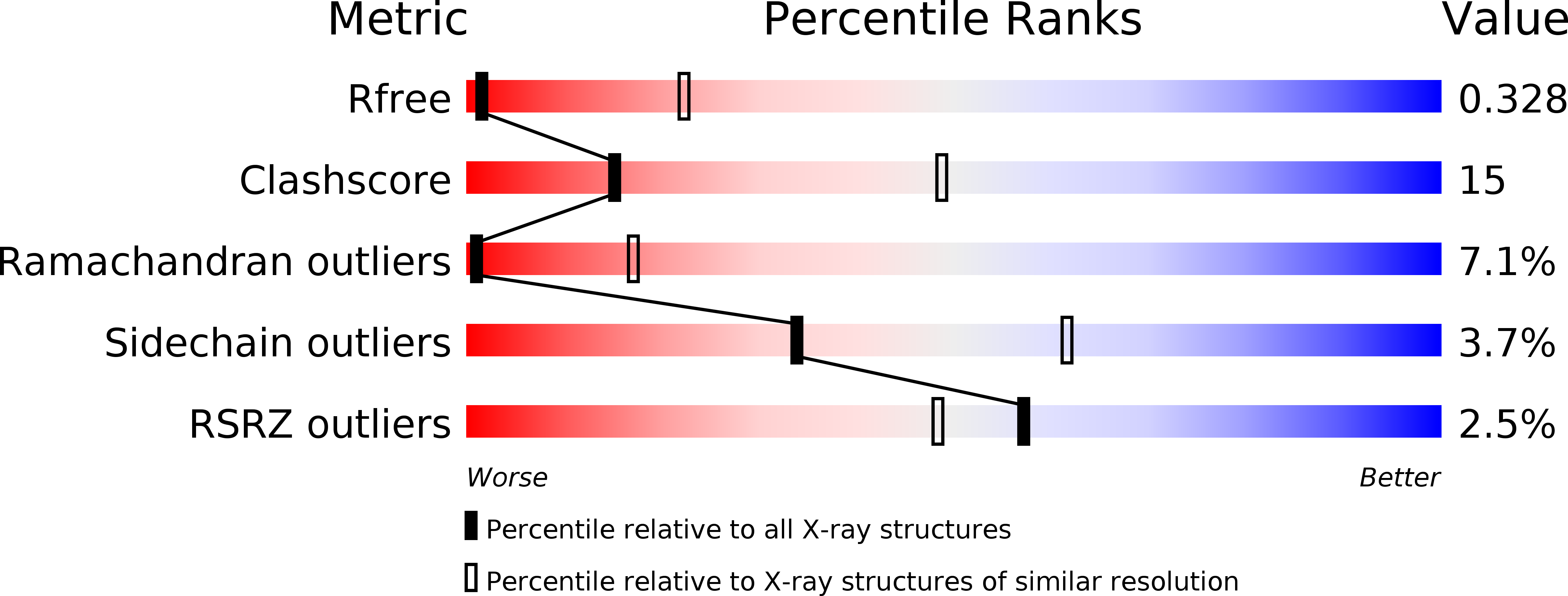
Deposition Date
2016-11-21
Release Date
2017-03-29
Last Version Date
2024-10-23
Entry Detail
PDB ID:
5H7V
Keywords:
Title:
Structure of full-length extracellular domain of HAI-1 at pH 4.6
Biological Source:
Source Organism:
Homo sapiens (Taxon ID: 9606)
Host Organism:
Method Details:
Experimental Method:
Resolution:
3.82 Å
R-Value Free:
0.32
R-Value Work:
0.25
R-Value Observed:
0.25
Space Group:
P 41 21 2


